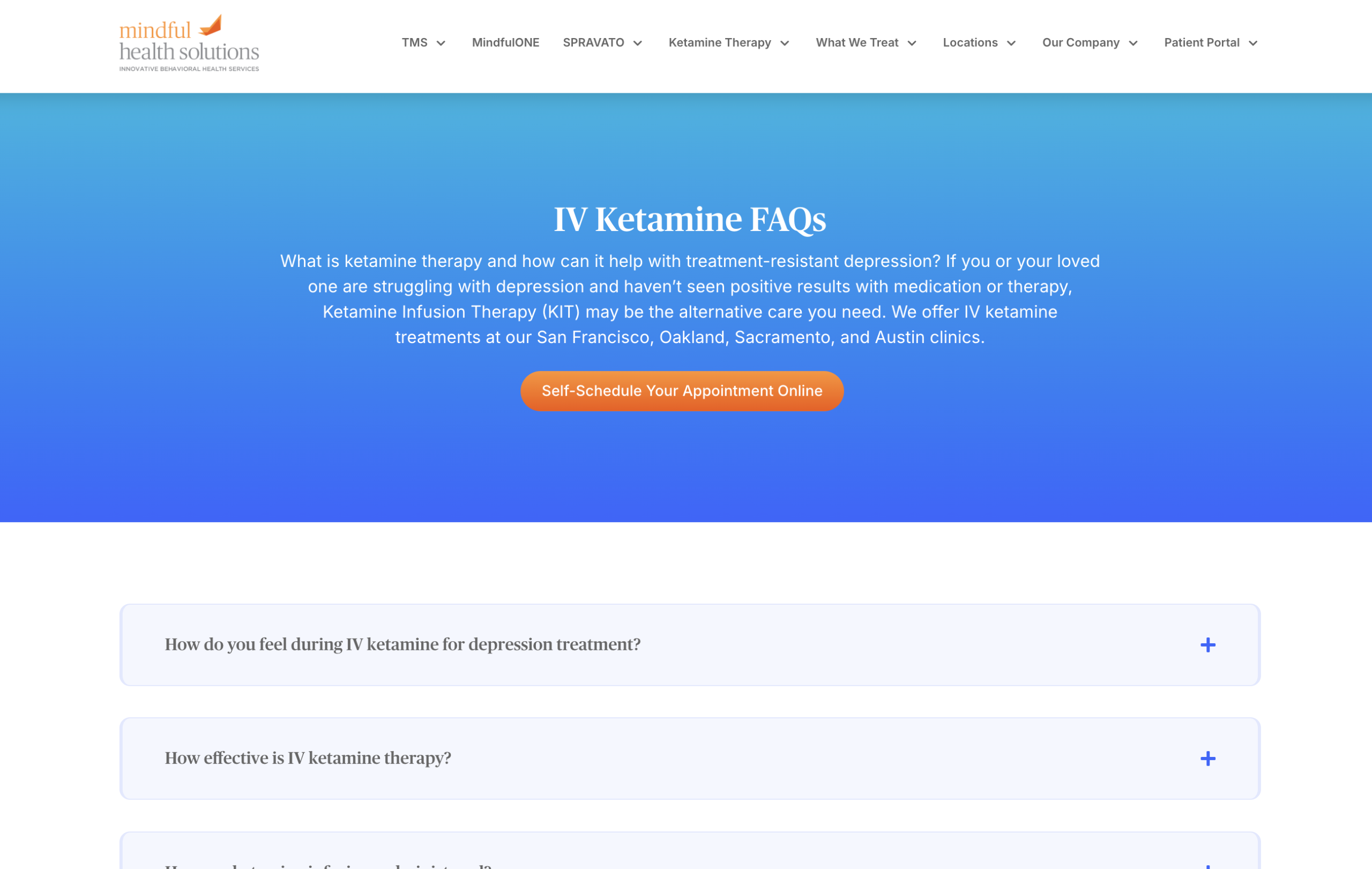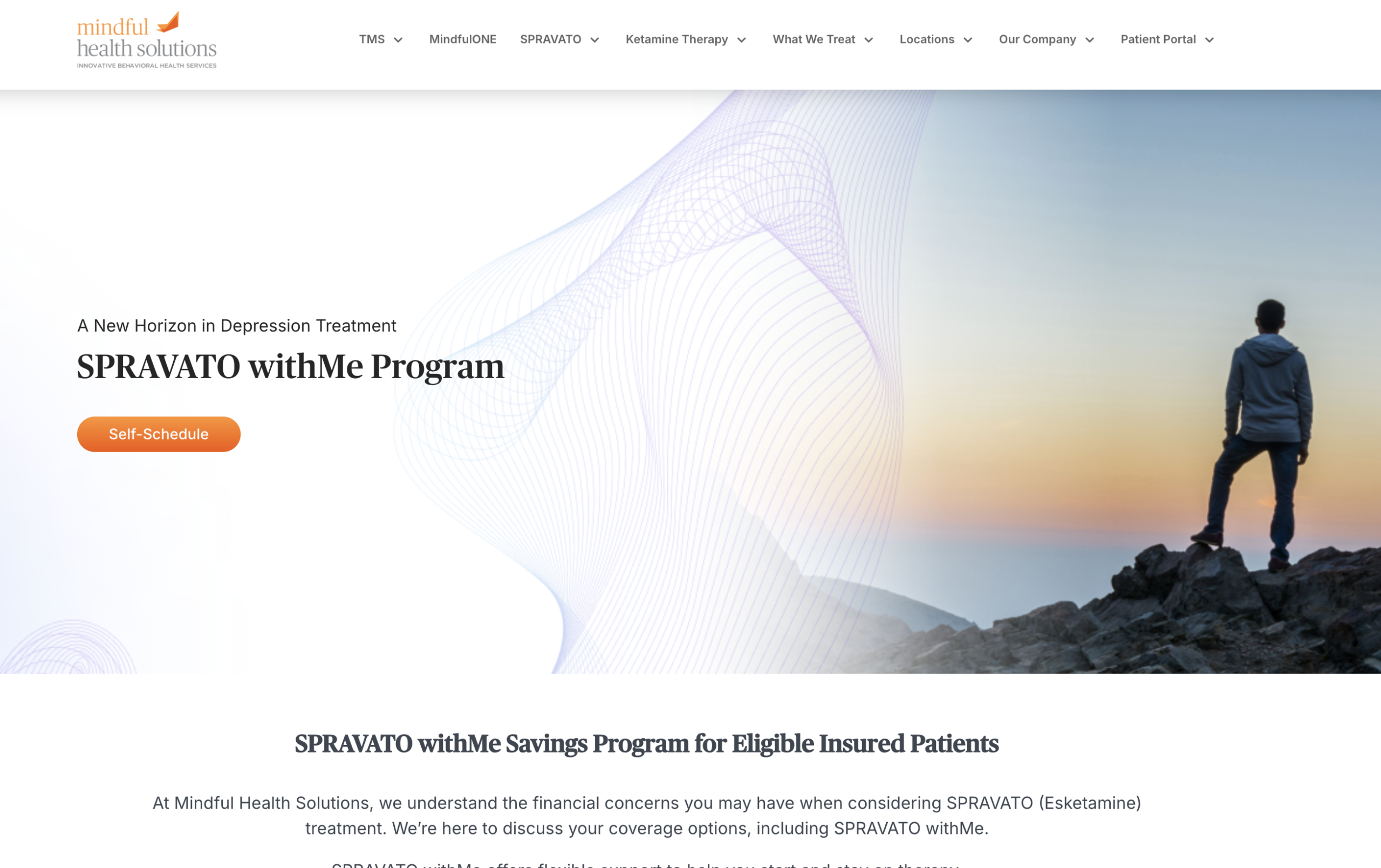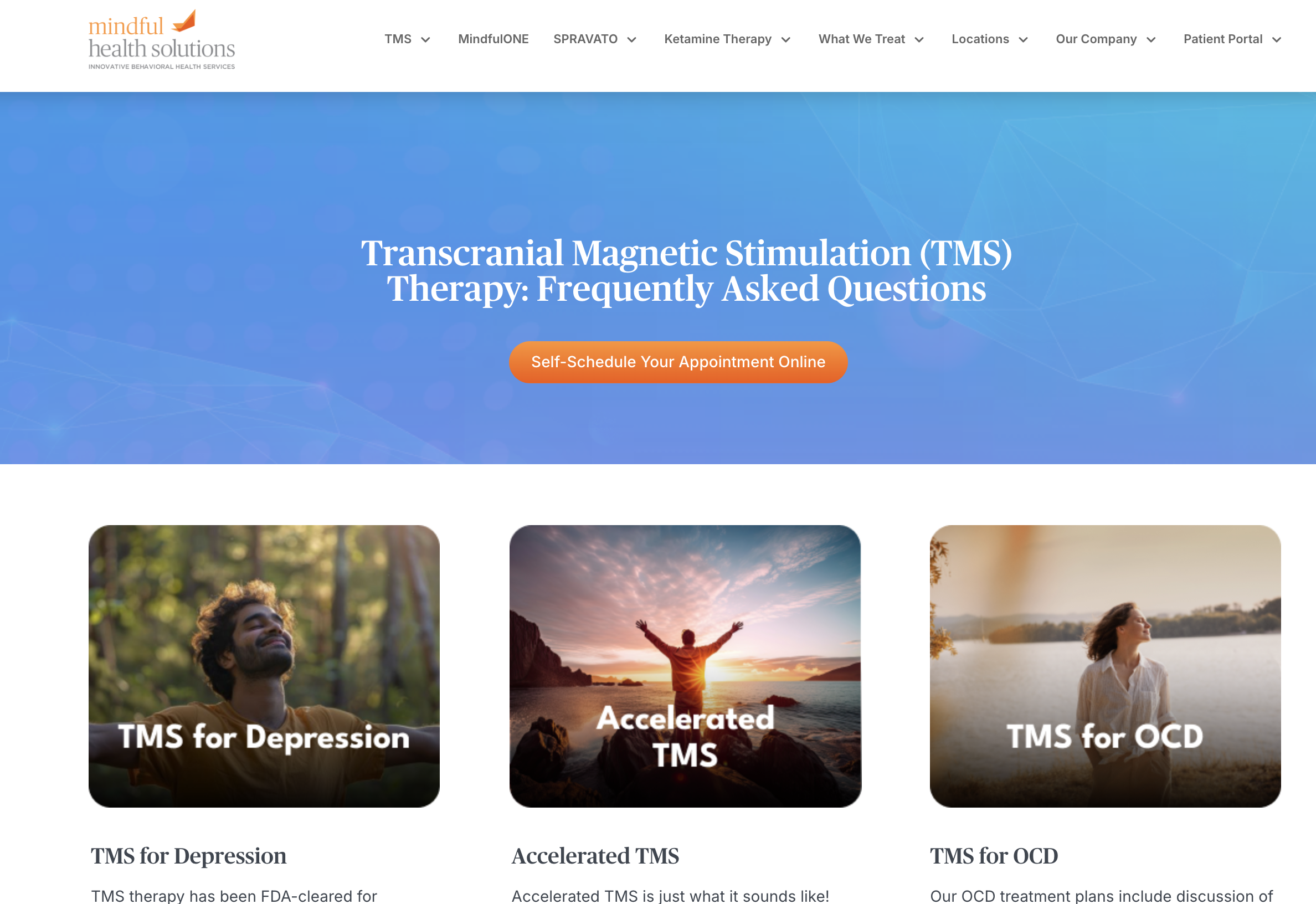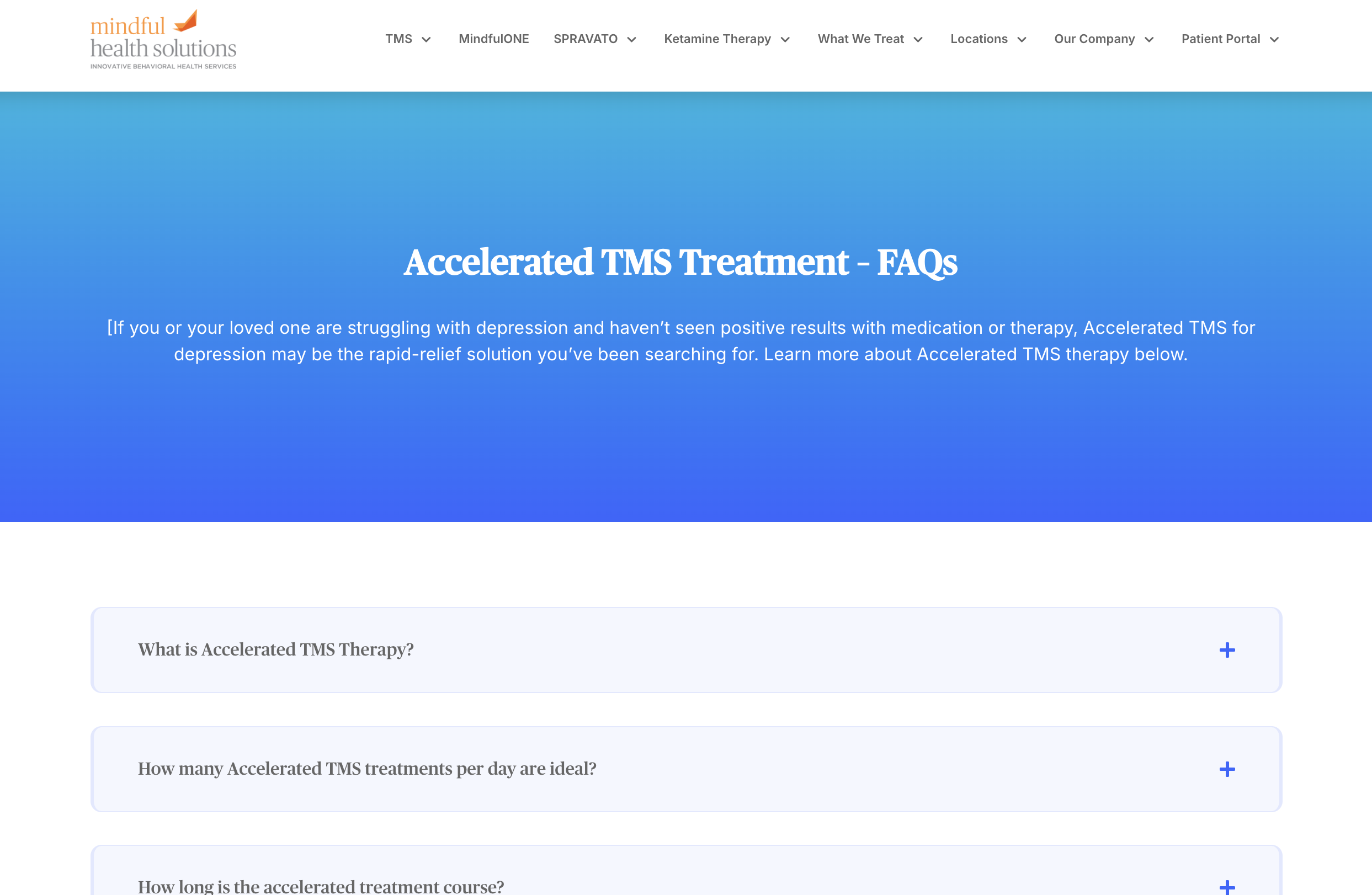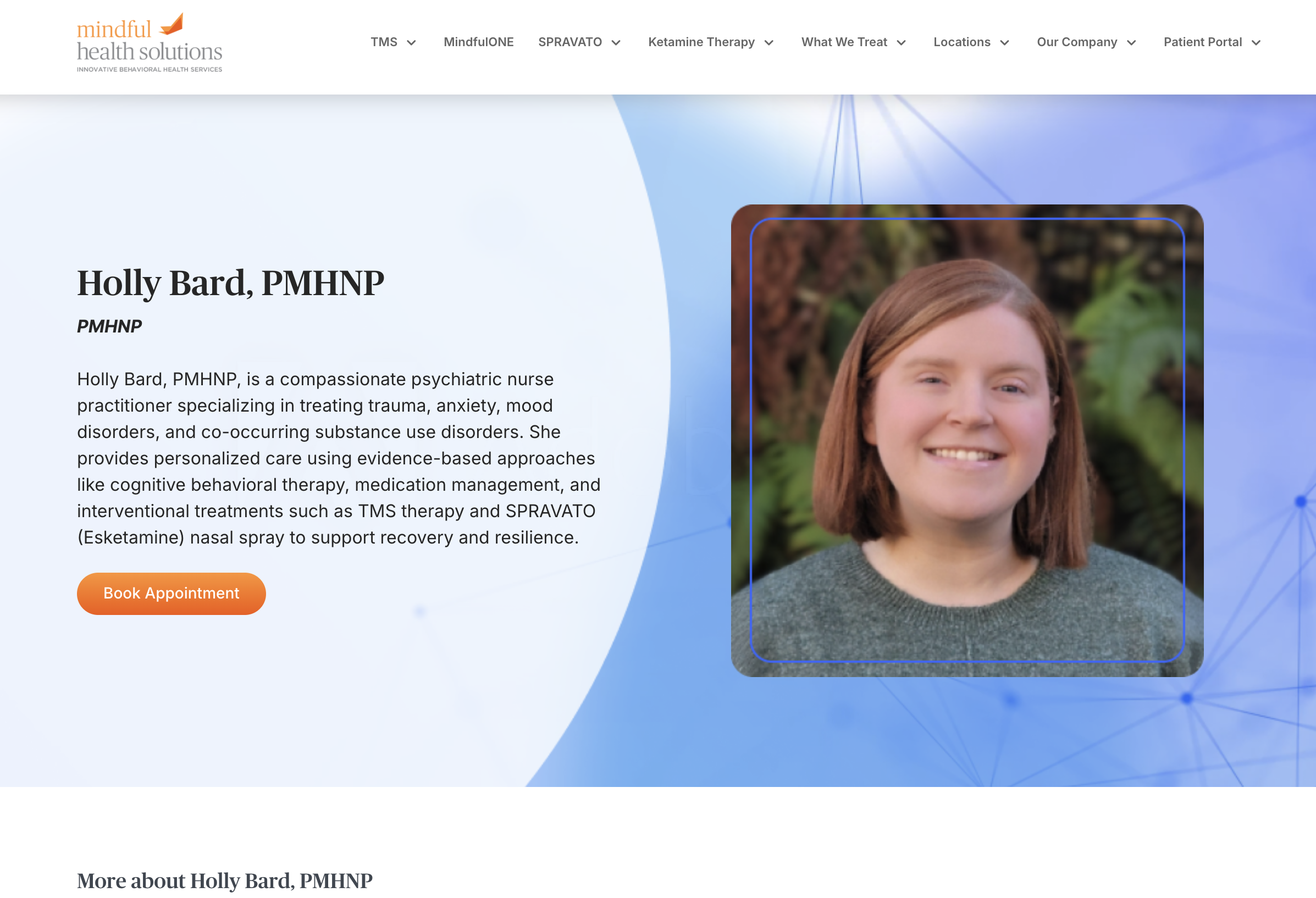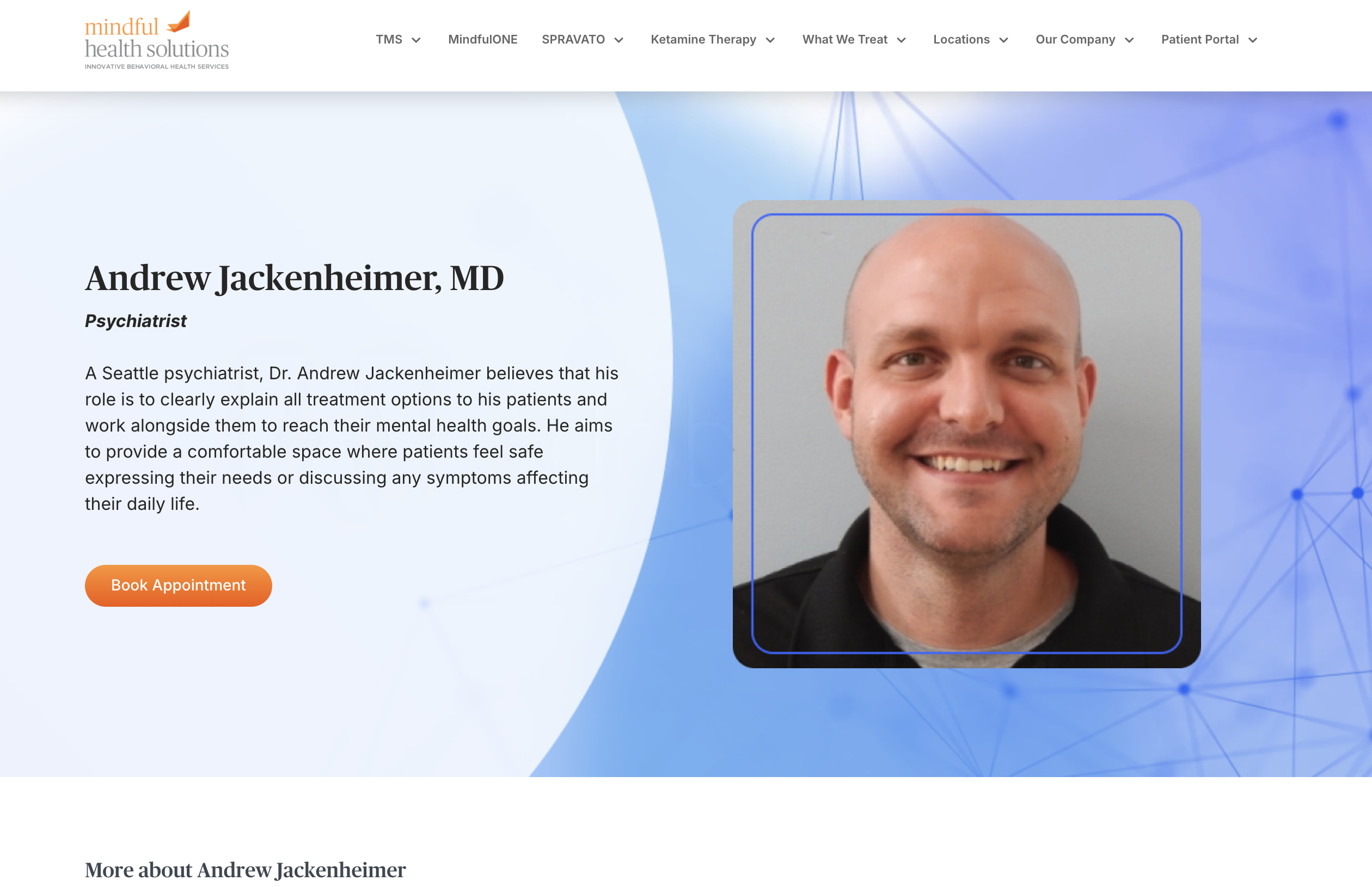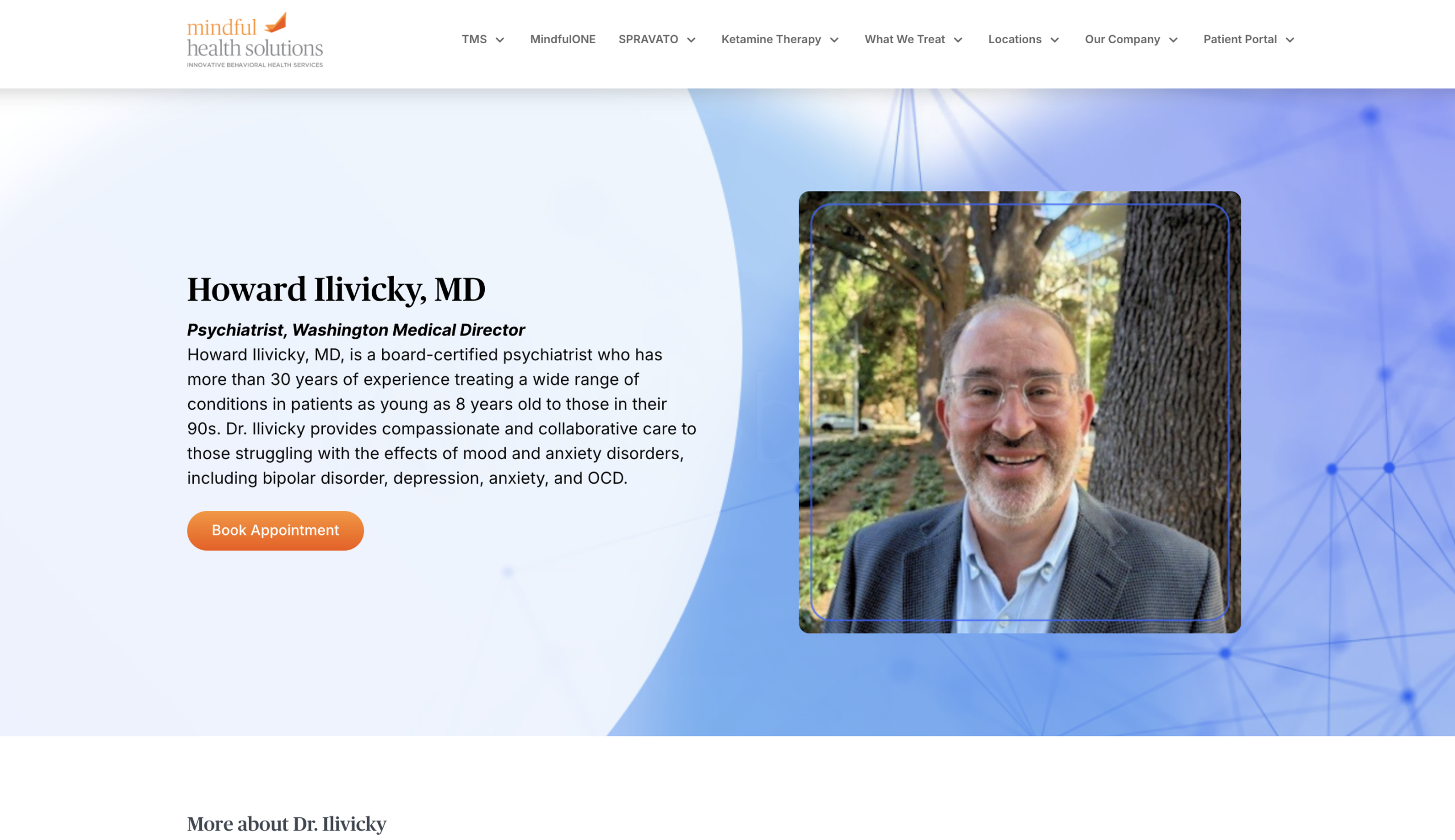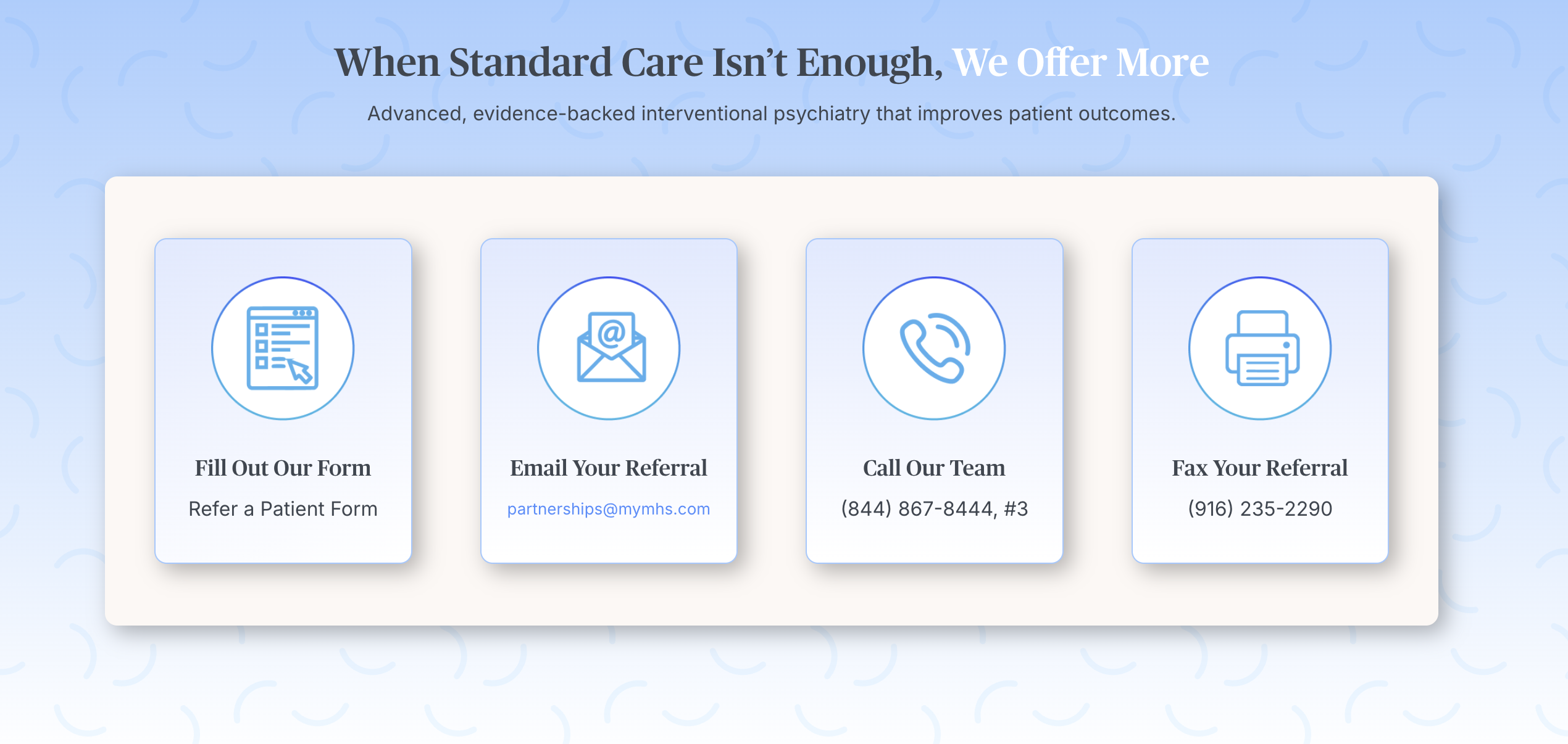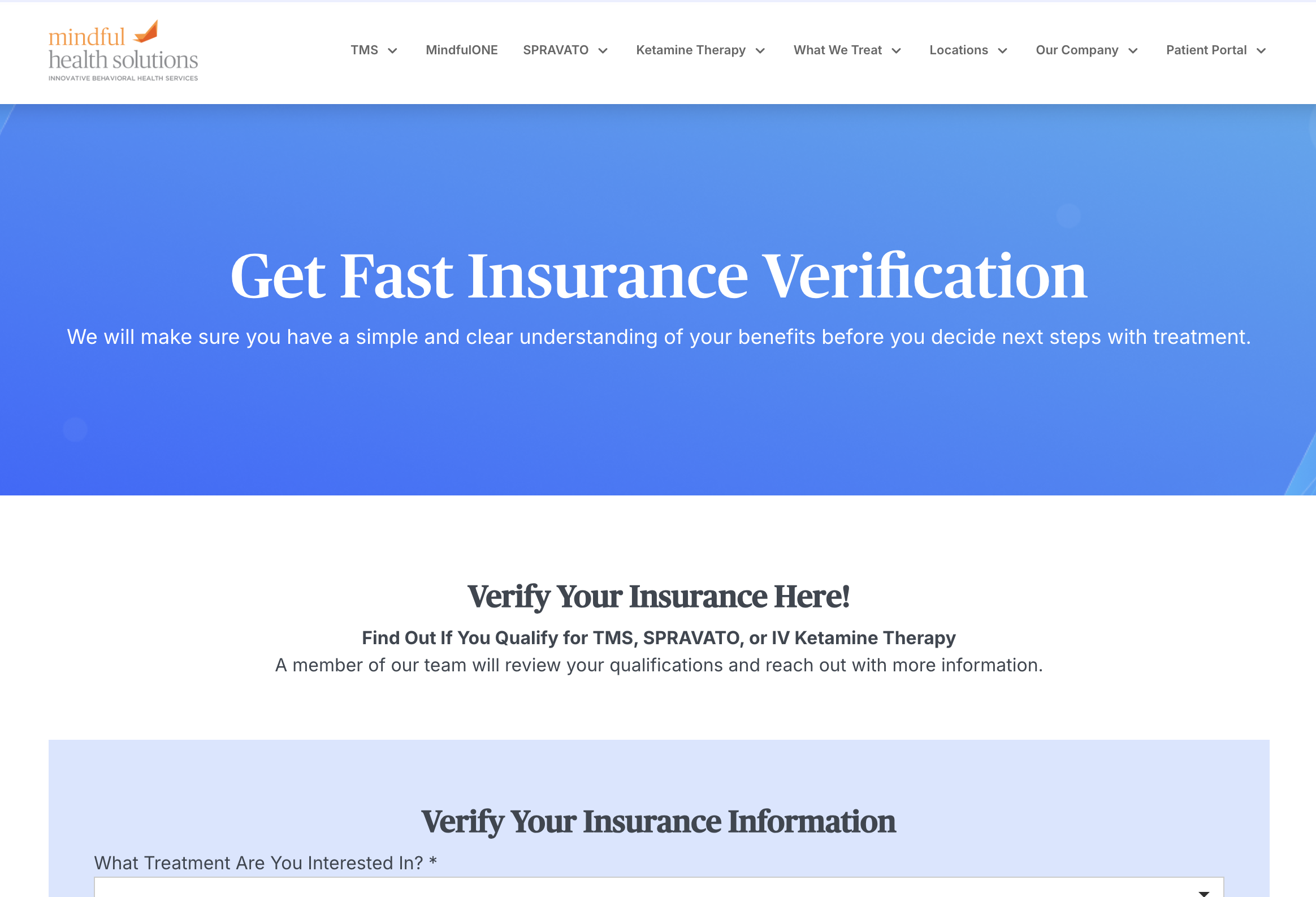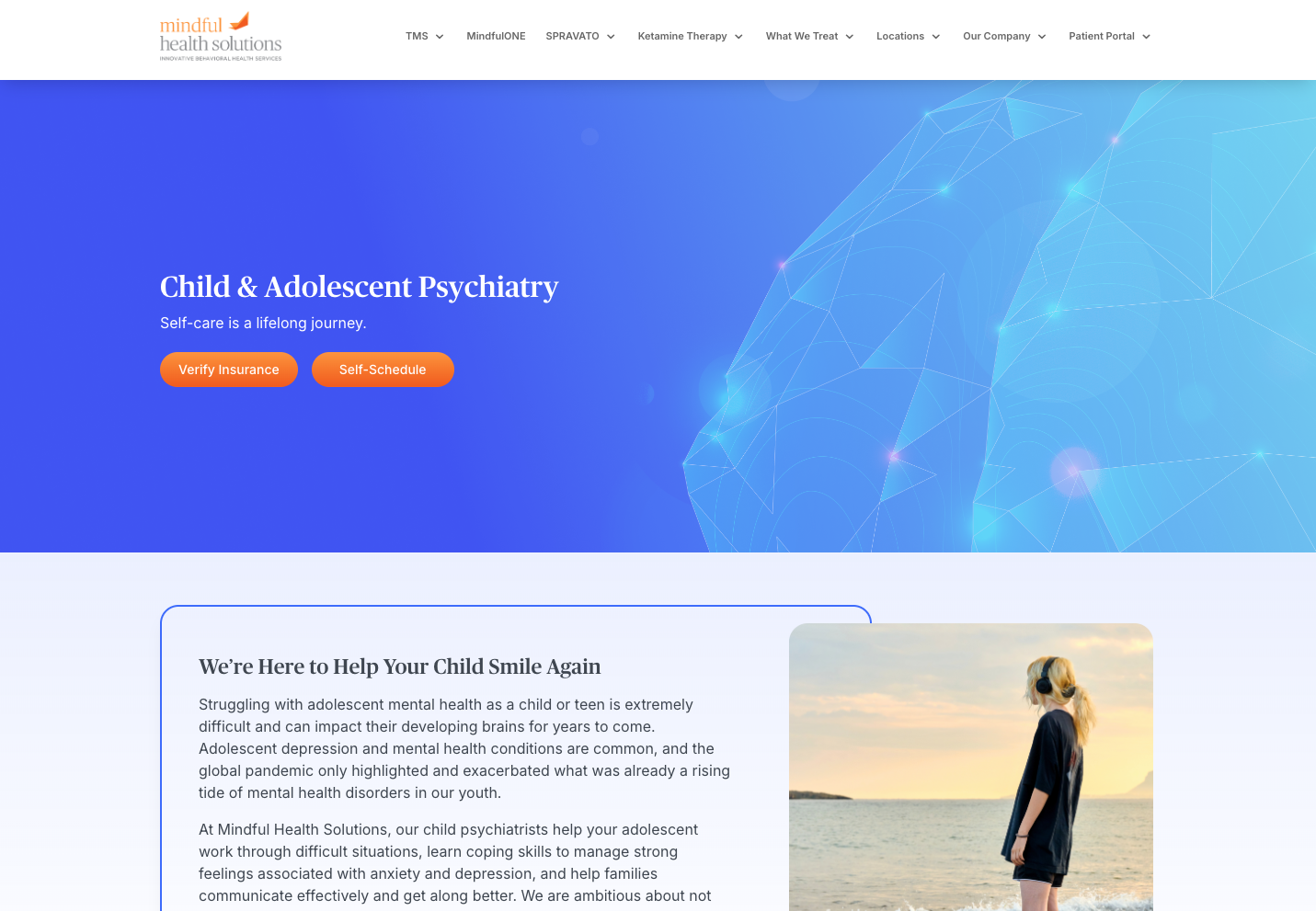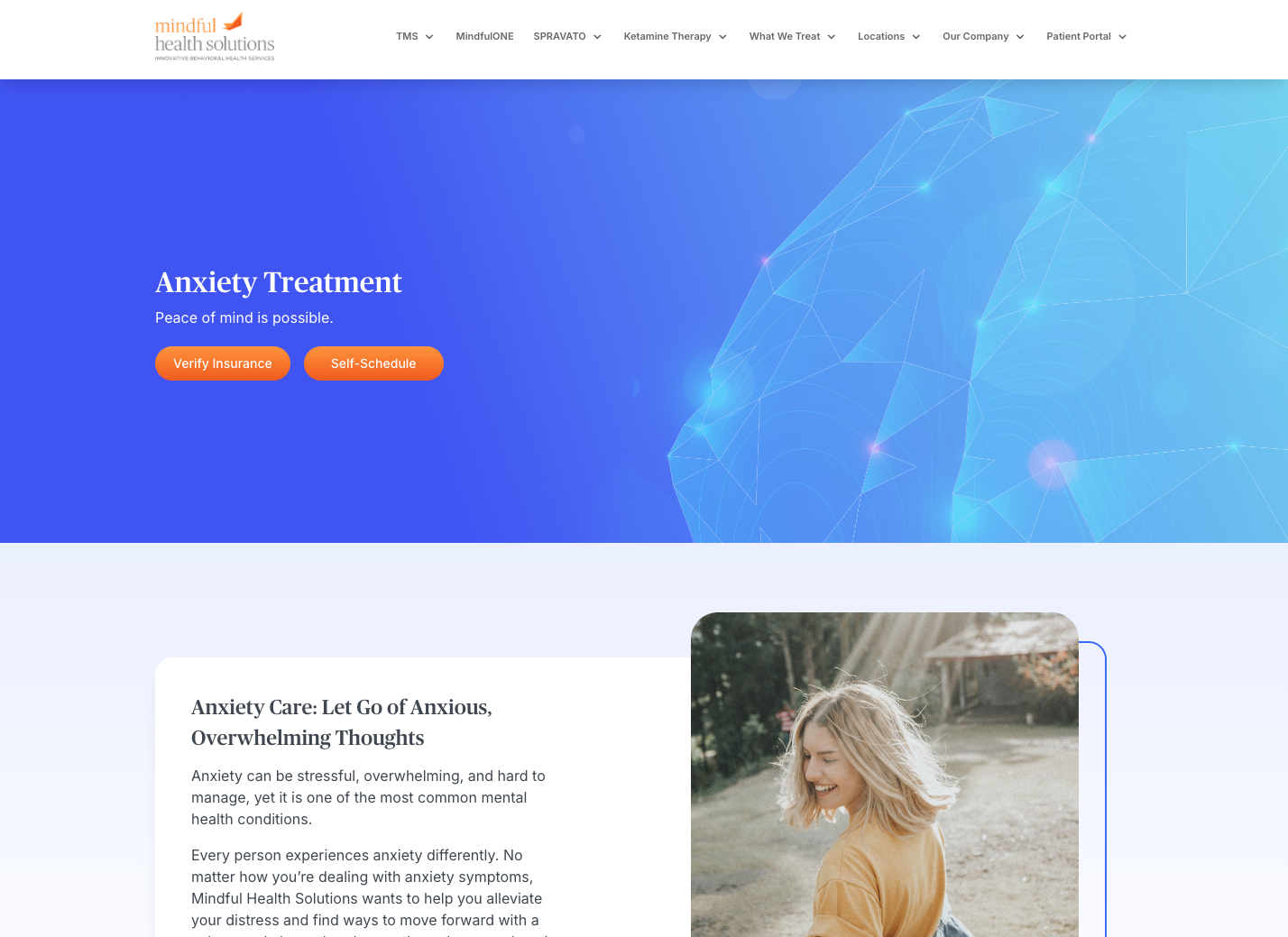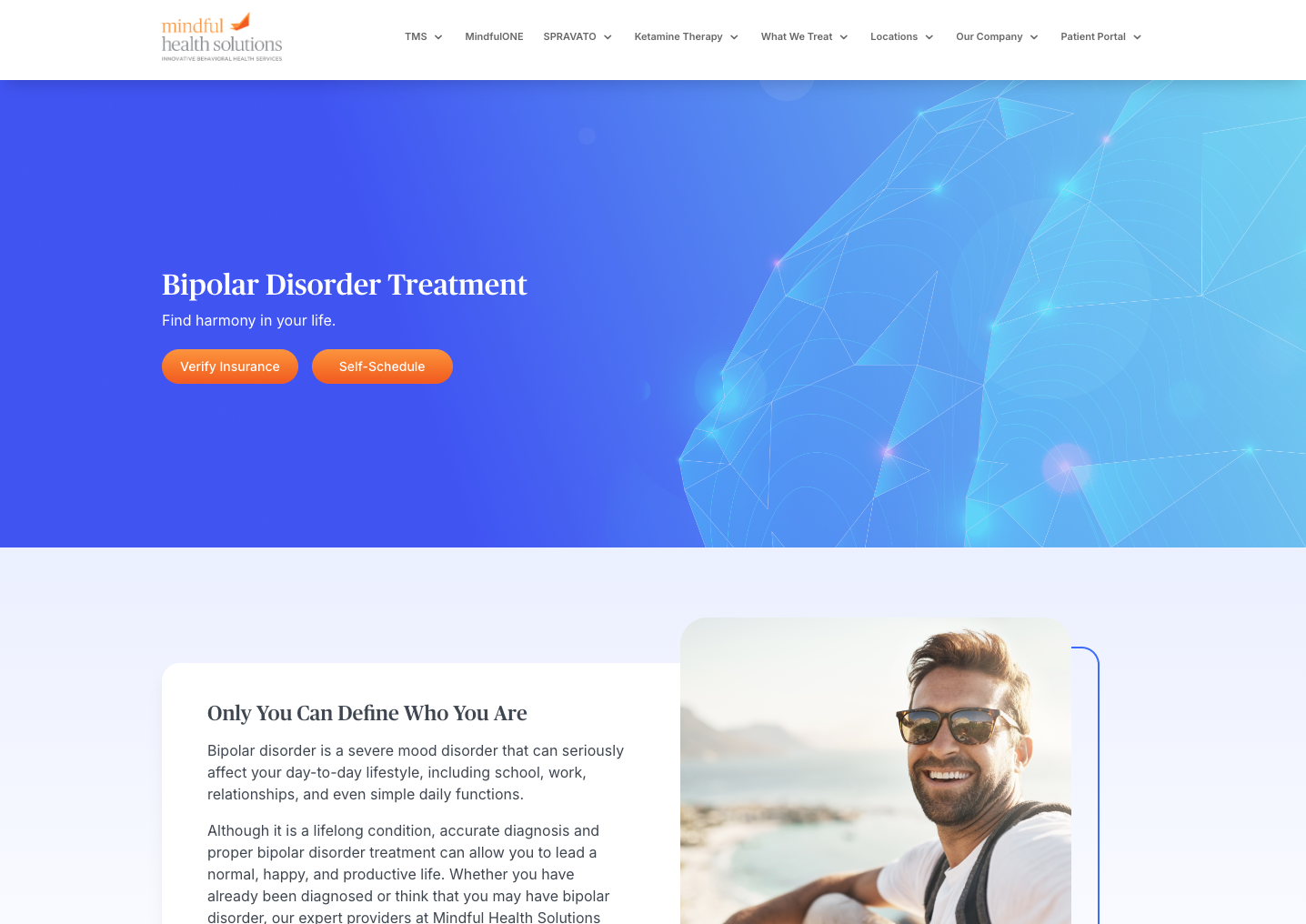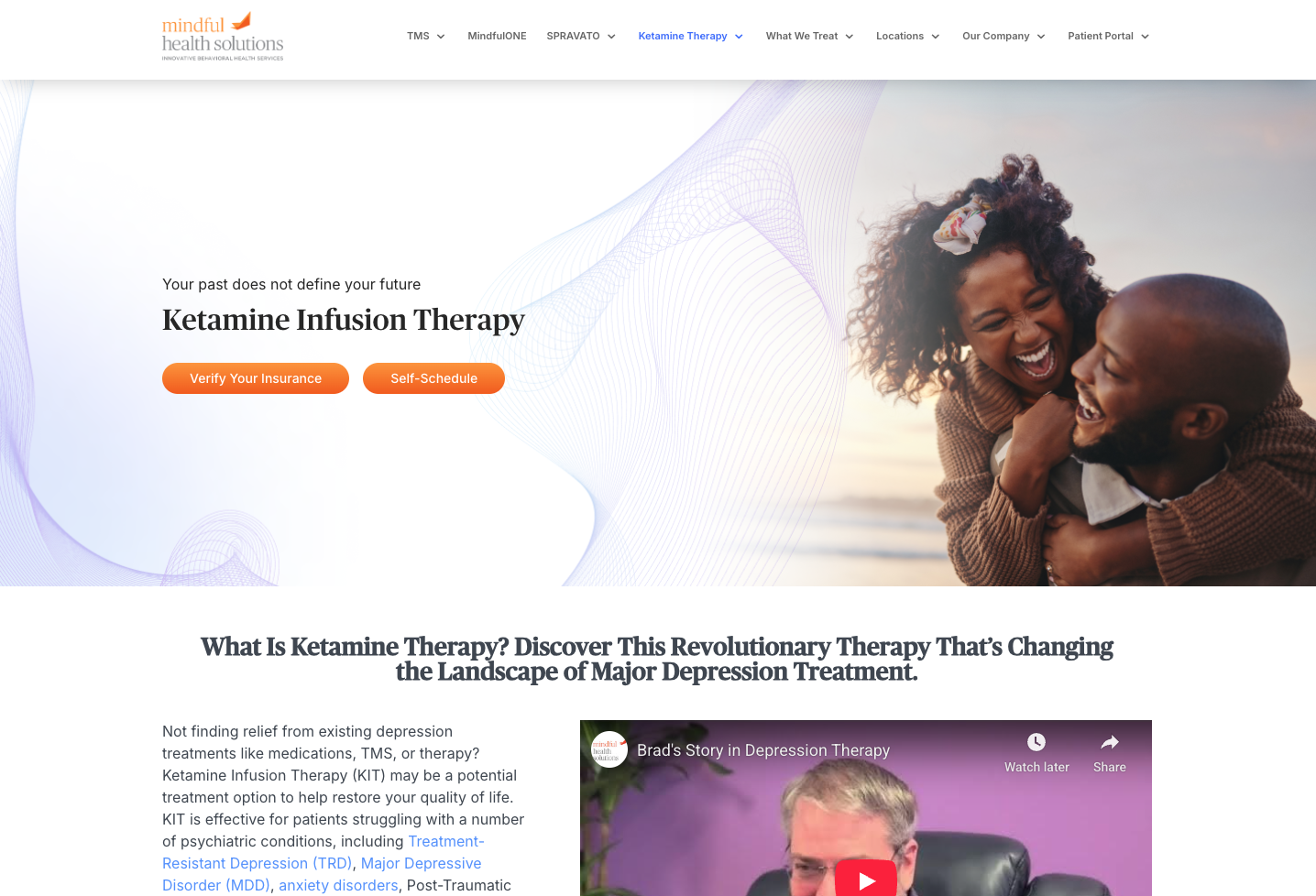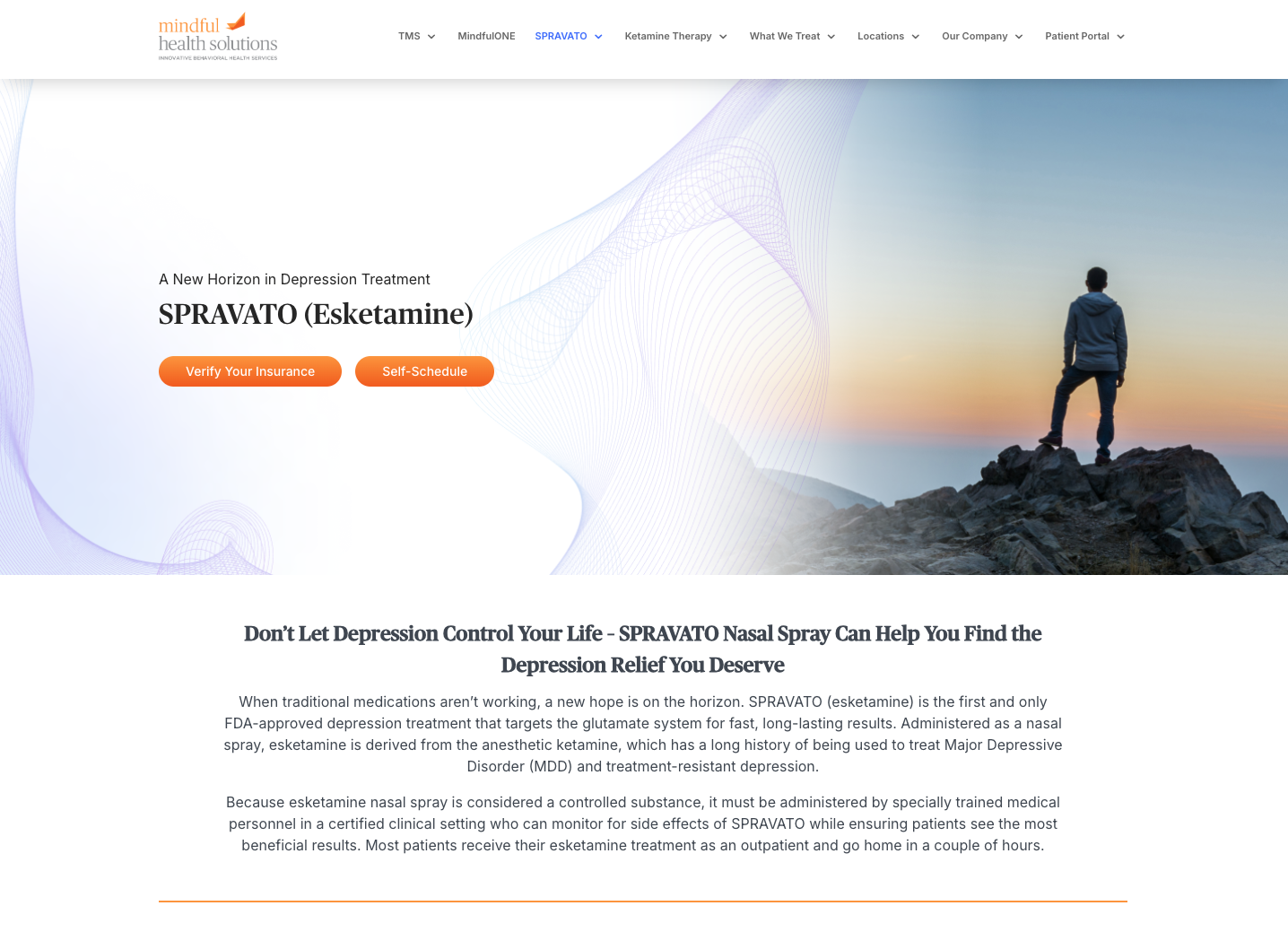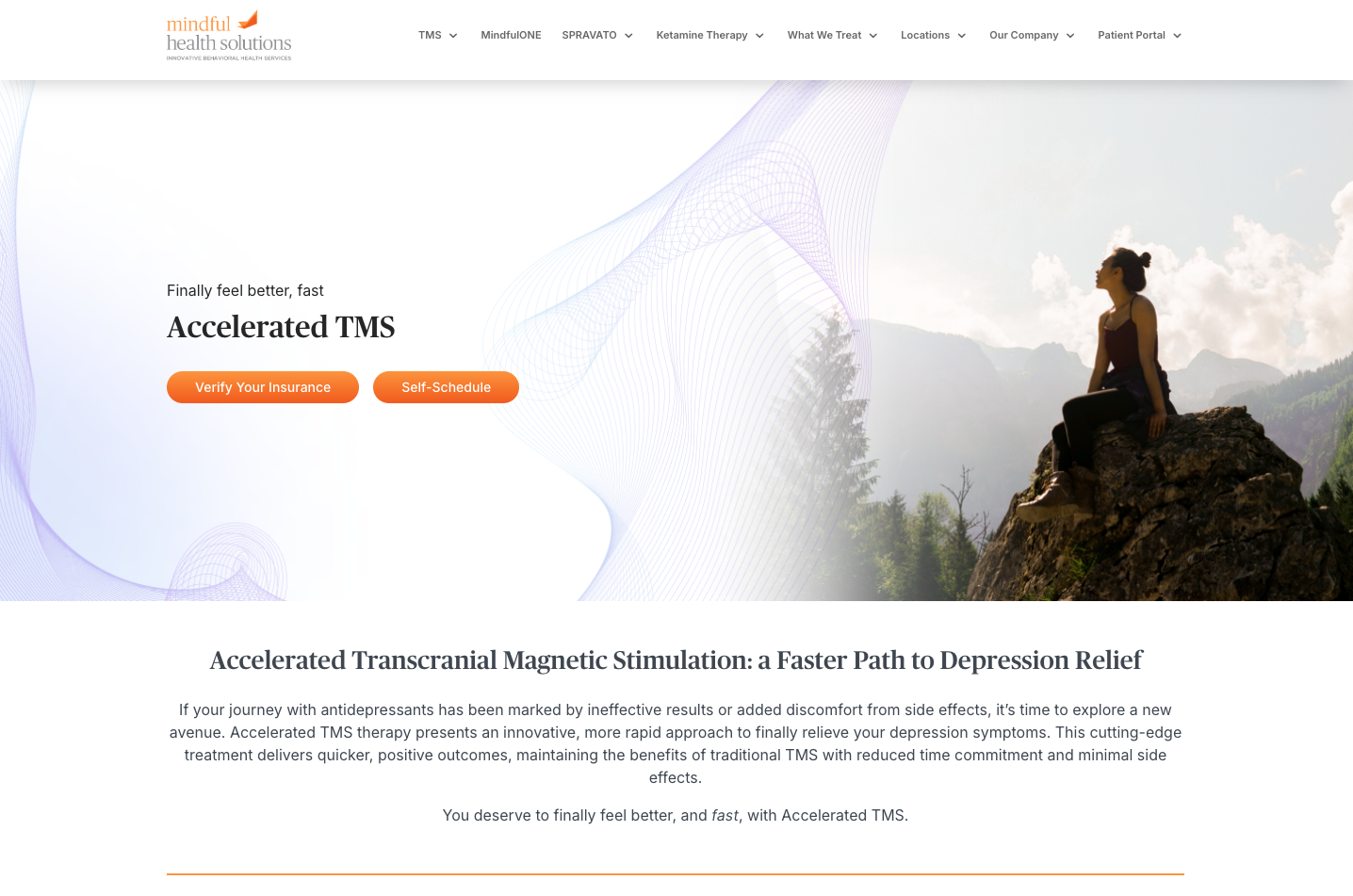TMS for Adolescents – FAQs
If you suspect your teenager may be suffered from depression, talk to them about how they are feeling- and see if you notice any changes in their patterns or moods or eating habits. And talk to your doctor about any concerns. We treat adolescents with various medication approaches and with TMS, a safe, effective treatment used on adolescents- generally over fifteen- with depression and that have tried medications without success or may want a treatment without side effects.
What is TMS, and can adolescents benefit from it?
TMS (Transcranial Magnetic Stimulation) is a non-invasive, medication-free treatment for depression and other mental health conditions. It uses magnetic pulses to stimulate the brain’s mood-regulating areas.
TMS is an option for adolescents, typically ages 15 and older, who:
- Haven’t responded to medications or therapy
- Experience severe medication side effects
- Want a safe, effective alternative to traditional treatments
While not yet FDA-approved for adolescents, studies show it is safe and effective for teens.
Is TMS better than antidepressants for adolescent depression?
Only two antidepressants are FDA-approved for adolescents, and responses to these medications can be inconsistent. Adolescents also have a higher risk of side effects, including:
- Increased suicidal thoughts
- Long-term weight gain
- Insomnia
TMS offers comparable or better results with fewer side effects:
- 50% of patients see at least a 50% symptom reduction
- 30% achieve full remission (symptoms disappear)
- Faster results than antidepressants—most improve within two to three weeks
How does TMS work for adolescents, and what happens in a session?
TMS stimulates brain activity to help balance mood-related neurotransmitters like serotonin and dopamine.
What to expect in a session:
- The adolescent sits in a comfortable chair while a TMS coil is placed on their head.
- Magnetic pulses are delivered to the prefrontal cortex (mood-regulating area).
- They can watch TV, listen to music, or have a parent present during treatment.
- Sessions last 20–30 minutes, five days a week for four to six weeks.
- After treatment, they can immediately return to normal activities.
Is TMS safe, and are there any side effects?
TMS is safe, well-tolerated, and has fewer side effects than medication.
Mild, short-term side effects:
- Headaches
- Scalp discomfort
- Lightheadedness
Rare but serious side effects:
- Seizures (very rare)
- Hearing sensitivity (due to clicking sound)
- Mania (for teens with bipolar disorder)
Most side effects fade within two weeks as the body adjusts.
Will TMS affect current medications?
TMS does not directly interfere with medications, but some adolescents:
- May reduce or discontinue medications as symptoms improve
- May continue medications alongside TMS for additional support
Treatment plans are customized based on the adolescent’s needs.
How can I tell if my teen is depressed?
Signs of adolescent depression include:
- Changes in sleep, appetite, energy, or motivation
- Withdrawal from social activities, family, or school
- Increased sadness, irritability, or risky behaviors
- Loss of interest in hobbies
If these symptoms persist, consider a Depression Screening and seek professional guidance.
Does insurance cover TMS treatment
Yes, most major insurance plans cover TMS. Our team will work with your provider to help secure coverage.
